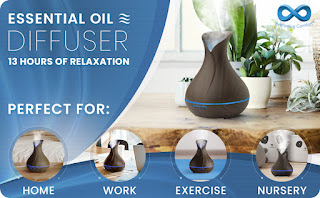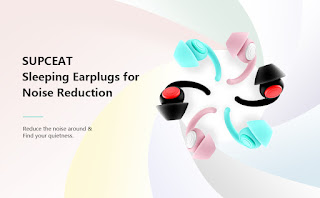How sounds can help people with ADHD
Attention Deficit Hyperactivity Disorder (ADHD) is a neurodevelopmental disorder that affects both children and adults. It is characterized by symptoms such as inattention, hyperactivity, and impulsivity. Individuals with ADHD often struggle with completing tasks, staying focused, and managing their emotions. While medication and therapy are often prescribed to manage ADHD symptoms, there are alternative approaches that can be helpful, including sound therapy.
Sound therapy involves using different types of sounds to improve overall well-being, including reducing stress and improving focus. Research has shown that certain types of sound can be helpful for individuals with ADHD. For example, white noise, which is a type of sound that is a mixture of different frequencies, has been shown to improve attention and memory in individuals with ADHD.
Additionally, binaural beats, which are two different frequencies played simultaneously to create a third frequency in the brain, have also been shown to improve focus and attention. When listened to through headphones, binaural beats can stimulate the brain to enter a state of relaxation, which can improve concentration and reduce impulsivity.
Nature sounds, such as bird songs and ocean waves, have also been shown to be helpful for individuals with ADHD. These types of sounds have a calming effect on the brain and can reduce stress and anxiety, which are common co-occurring conditions with ADHD. Nature sounds can be listened to during activities such as studying, working, or even sleeping, to improve focus and reduce distractions.
Overall, sound therapy can be a useful tool for individuals with ADHD to manage their symptoms and improve their quality of life. It is important to note that sound therapy should not be used as a substitute for medication or therapy, but rather as a complementary approach. If you or a loved one have ADHD, consider exploring the benefits of sound therapy with the guidance of a healthcare professional.



Comments
Post a Comment